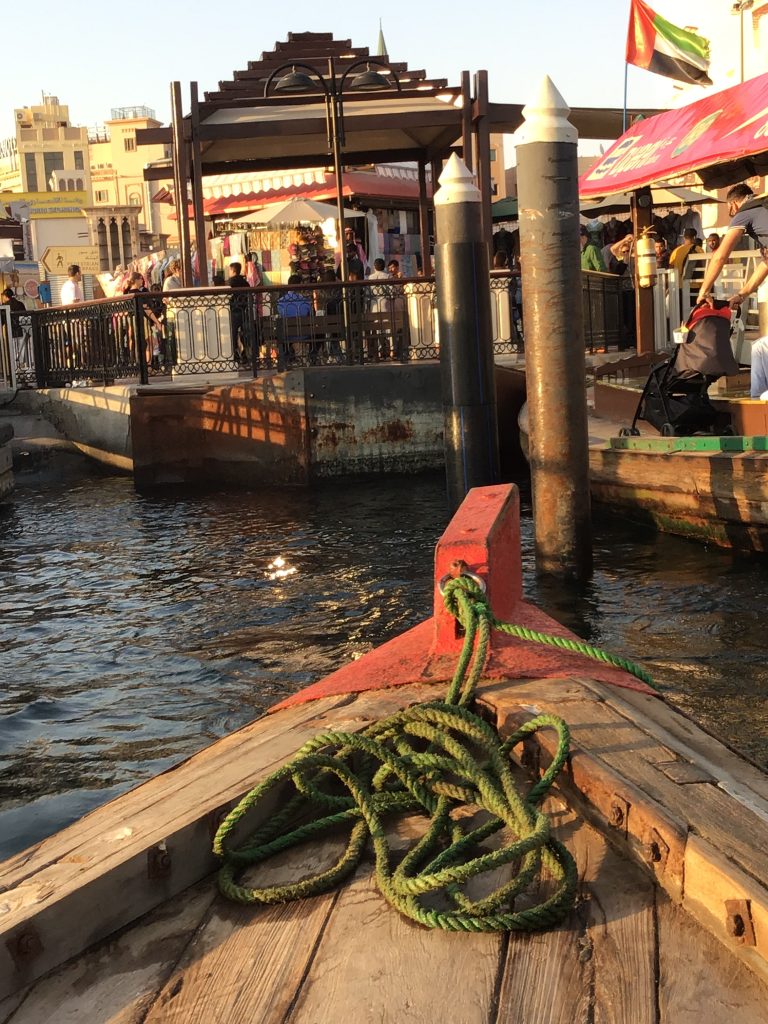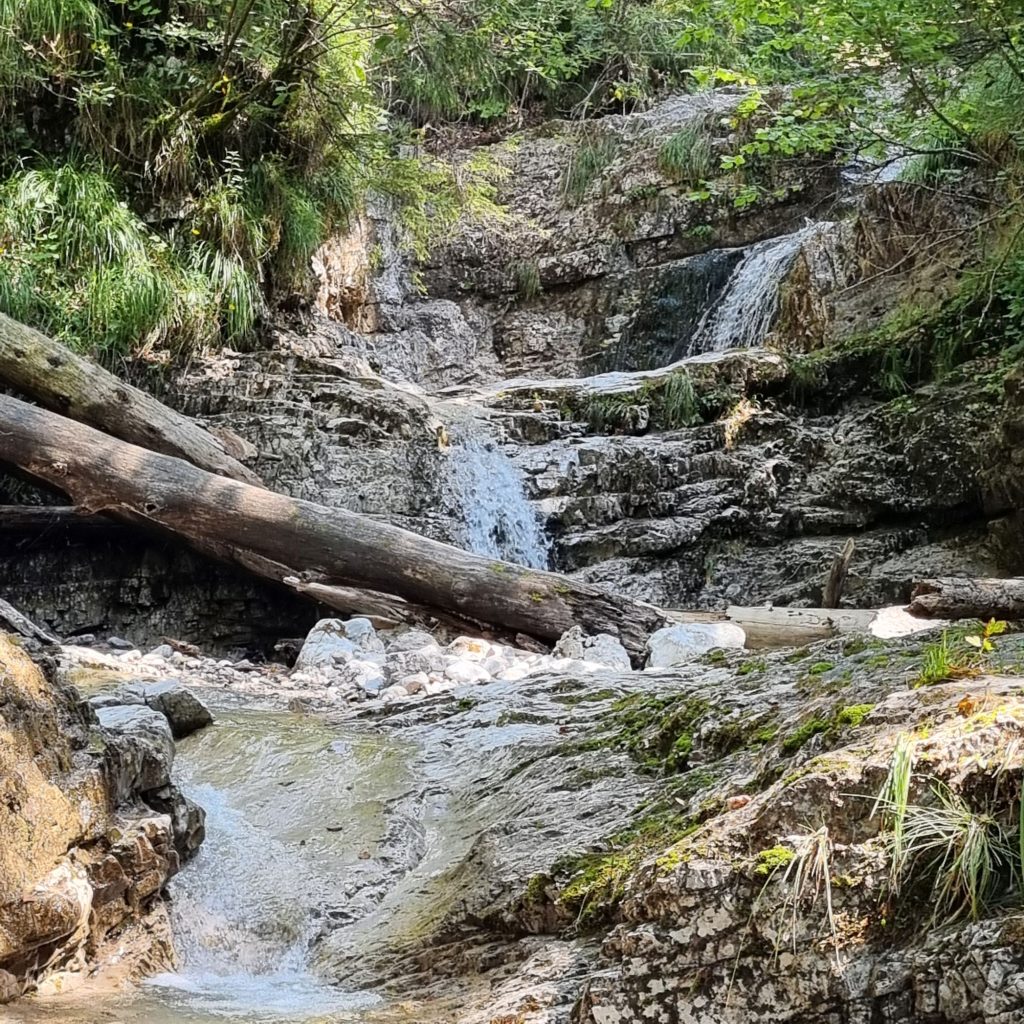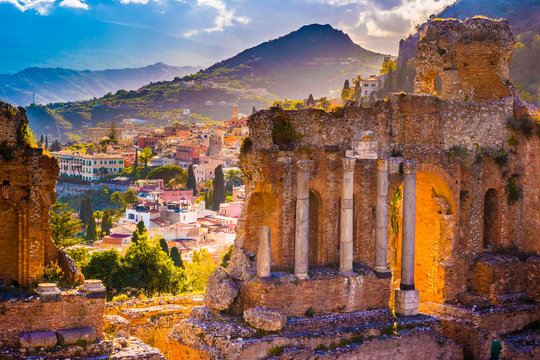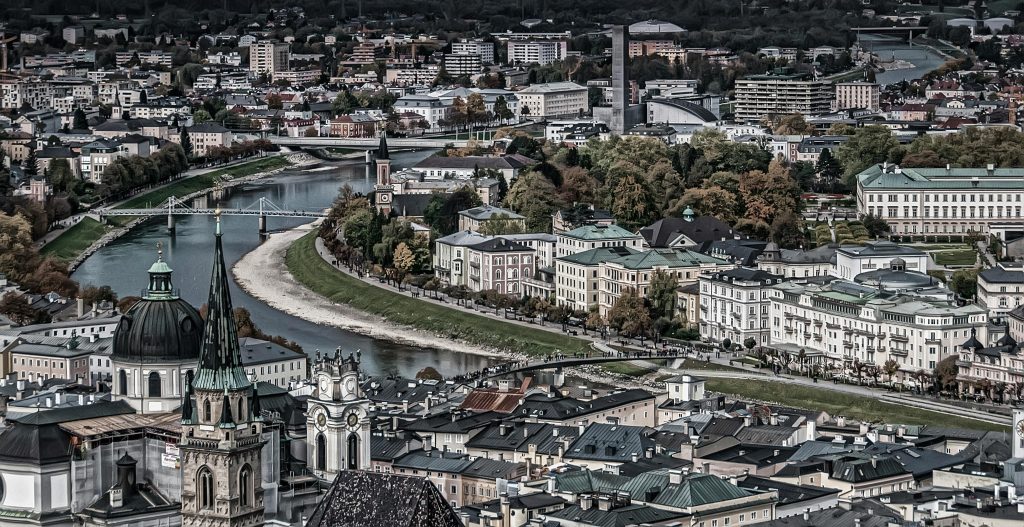The origins of pearling in the Arabian Gulf can be traced back thousands of years, with evidence indicating that the practice began around 2000 BCE. The region’s warm, shallow waters and abundant marine life provided the ideal environment for the formation of pearls, making it a natural hub for early pearl divers. Ancient trade routes facilitated the exchange of pearls, which were highly prized for their beauty and their rarity, and the skill required to harvest them. As these routes expanded, pearls from the Gulf began to find their way into the markets of Mesopotamia, Persia, and beyond, solidifying the region’s reputation as a key player in the global pearl trade.
Traditional pearling techniques were developed and refined over centuries, highlighting the ingenuity and resilience of Emirati divers. The most common method employed was the “diving method,” where divers would plunge into the depths, often without any breathing apparatus, relying solely on their ability to hold their breath. They would gather oysters from the ocean floor, using simple tools such as the ‘gassal’ (a basket) and the ‘mishan’ (a weight). This labour-intensive process required not only physical strength but also a deep understanding of the tides, weather patterns, and the behaviour of marine life. The knowledge passed down through generations became an essential part of the cultural fabric of Emirati society, intricately linking the community to the sea.
The cultural impact of pearling on Emirati society is profound. The pearling industry not only shaped the economy but also influenced social structures, traditions, and even art forms. Pearls became a symbol of wealth and status, often featured in jewellery and adornments worn during significant cultural events. The stories and legends surrounding pearls also enriched Emirati folklore, with tales of mythical creatures and the divine origins of pearls being shared among generations. Festivals celebrating the pearling heritage, such as the annual Pearl Journey, highlight the importance of this practice in maintaining a connection to the past while promoting cultural pride.
Women played an integral role in the pearling industry, despite often being overlooked in historical narratives. While men were primarily responsible for diving and harvesting, women contributed significantly by processing the pearls, cleaning the shells, and creating intricate jewellery. They managed the household and supported the divers, ensuring that the family was sustained during the often-perilous pearling seasons. This partnership reinforced the importance of community and cooperation, with women’s contributions being essential to the overall success of the industry. Today, there is a growing recognition of women’s roles in pearling, leading to efforts to celebrate and preserve their stories within the broader narrative of Emirati heritage.
In recent years, there has been a concerted effort to preserve and restore pearling heritage sites throughout the UAE. These sites serve as vital links to the past, offering insights into the techniques and lifestyles of early pearl divers. Restoration projects aim to educate future generations about the significance of pearling while promoting sustainable tourism. Additionally, the economic legacy of pearling continues to influence modern UAE, as the nation seeks to balance its rich cultural heritage with contemporary development. The lessons learned from the pearling industry inform current practices in sustainability and community engagement, ensuring that the legacy of this ancient craft remains alive in the hearts and minds of the Emirati people.











